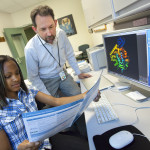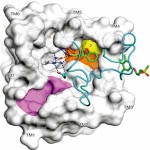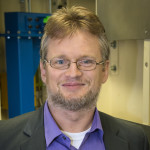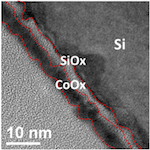When presenting a new idea, formulating an experiment, or communicating research, all researchers build on the body of previously published literature. By citing earlier articles, authors lay the groundwork for their hypotheses, justify their results, and relay their methods using a common language.
Berkeley Center for Structural Biology to Receive $5M from HHMI to Build a New Microfocus Crystallography Beamline
The Berkeley Center for Structural Biology (BCSB) has operated five beamlines at the Advanced Light Source (ALS) for more than ten years, helping hundreds of crystallographers to determine the structures of more than 1,000 proteins. Two of the BCSB’s beamlines (8.2.1 and 8.2.2) are funded by the Howard Hughes Medical Institute (HHMI) to support the cutting edge research of structural biologists, including those in the HHMI research community.
Stimulating Insulin Production in the Fight Against Type-II Diabetes
Adult-onset diabetes, characterized by abnormally high blood sugar, affects hundreds of millions of people worldwide. New treatments for this disease have centered on targeting the human receptor protein GPR40, since it can enhance sugar-dependent insulin secretion. TAK-875 is a drug developed by the company Takeda to stimulate insulin secretion by binding to this receptor.
NIH Funding Boosts Development of New Biophysical Technique
X-ray solution scattering is a routine biophysical technique used to determine structure and dynamics of macromolecules in solution. When solution scattering data is interpreted, often with the aid of known atomic models, an improved understanding of the macromolecule’s biological function and properties emerges.
JCAP Researchers Develop Method to Stabilize Semiconductors for use in Artificial Photosynthesis
Artificial photosynthesis is achieved by using light to split water into hydrogen and oxygen. Recently, researchers at the Joint Center for Artificial Photosynthesis (JCAP), utilizing three of the National User Facilities at Berkeley Lab, were able to address one of the major challenges in artificial photosynthesis – the stabilization of semiconductor materials under the harsh conditions required for water splitting.
Was this page useful?








